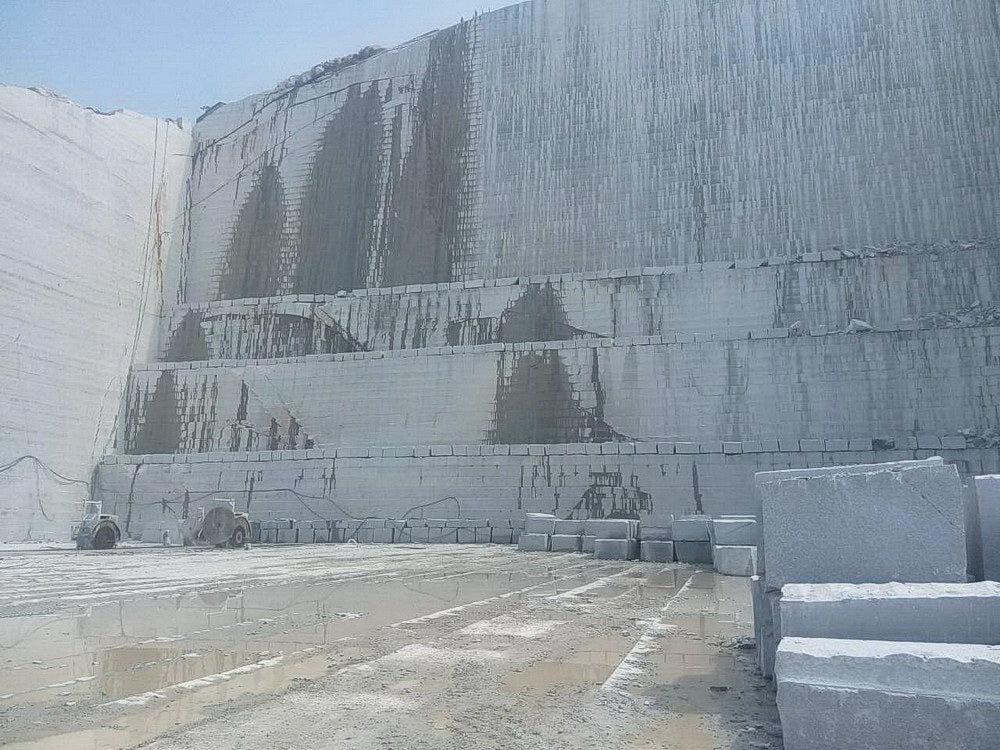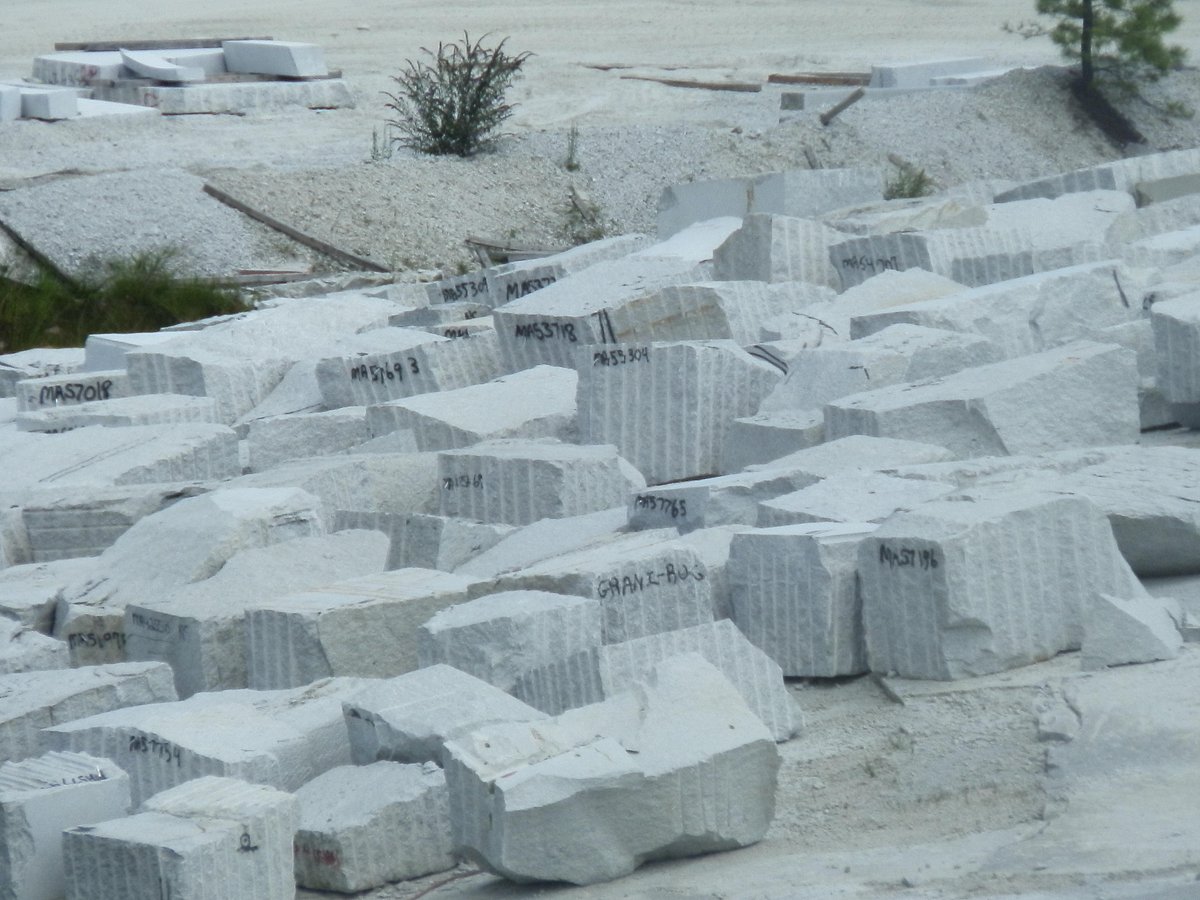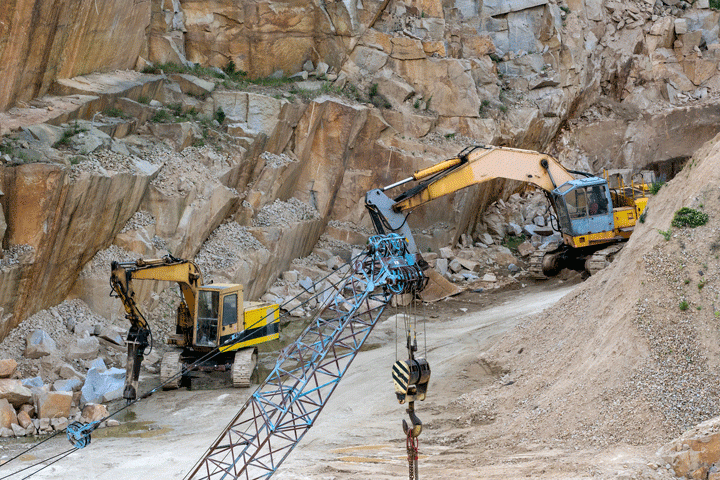The Hidden Gems: Exploring Granite Quarries in South Africa
Introducing the Mysteries of Granite Quarrying: Where Strength and Style Meet
The globe of granite quarrying is a world where the raw strength of nature merges with human artistry to create frameworks that stand the test of time with an air of sophistication. From the midsts of quarries to the meticulous polishing in workshops, the process of transforming granite into architectural wonders is a complicated dance of custom and development. As we peer into the midsts of this old craft, we start to uncover the concealed ins and outs that form the very essence of our constructed setting.
The Origins of Granite Quarrying
In the annals of architectural history, the beginnings of granite quarrying are shrouded in a tapestry of ancient craftsmanship and geological wonders. Dating back to ancient Egypt and Mesopotamia, the removal of granite from quarries noted the beginning of a journey that would at some point lead to the creation of some of the world's most iconic frameworks.
Granite quarrying's origins can be mapped to the proficient artisans that recognized the rock's sturdiness and visual charm. Via a mix of primitive devices and sheer determination, these early quarry workers unearthed granite blocks that would end up being the building blocks of people.
As people developed, so did the strategies of quarrying granite. The Romans, renowned for their design prowess, established innovative methods for drawing out granite to construct monuments, temples, and roads that stood the examination of time.
The legacy of these old quarrying techniques continues to shape modern-day architecture, with granite continuing to be a sign of strength and style in construction tasks around the globe. (granite quarries in south africa)
Tools of the Quarrying Trade
The development of granite quarrying techniques from old civilizations to contemporary times highlights the critical role played by the devices of the quarrying profession in forming the industry's methods. In ancient times, quarrying devices were basic, usually being composed of knives, hammers, and wedges made from materials like bronze or iron. These tools needed substantial workforce and time to extract granite blocks from quarries.

Furthermore, the intro of pneumatically-driven tools and high-powered machinery has actually considerably decreased the physical labor required in quarrying procedures, improving employee safety and security and performance. As the quarrying sector remains to innovate, the tools of the he has a good point profession continue to be at the center of driving progress and forming the future of granite extraction.
Removing Blocks of Granite
Using accuracy equipment and progressed methods, the extraction of granite blocks from quarries has actually anchor ended up being an advanced procedure in the modern quarrying sector. The initial step includes recognizing the area and dimension of the granite down payment to figure out one of the most efficient removal approach. When a suitable website is chosen, the extraction procedure starts with the drilling of openings for the placement of nitroglycerins. Controlled blasting techniques are after that employed to break apart the granite right into workable areas.

Polishing and Ending Up Methods
To achieve a flawless surface on granite blocks, skilled artisans employ a collection of careful sprucing up and finishing techniques. After the first removal and forming processes, the granite obstructs undertake a detailed polishing phase to enhance their all-natural charm and longevity.
Along with polishing, finishing techniques are put on more refine the granite's look. These strategies might consist of flaming, honing, Get More Information or brushing, each offering distinct textures and surfaces to fit various aesthetic preferences. Flaming, for instance, entails revealing the granite surface area to heats to produce a rough, distinctive coating, ideal for outside applications where slip-resistance is vital. Honing, on the various other hand, provides a matte surface that is smooth to the touch, best for interior countertops and flooring. By meticulously selecting and applying these polishing and completing methods, artisans can change raw granite obstructs right into exquisite pieces that display both strength and elegance.

Ecological Impact and Sustainability
With the expanding emphasis on environmental awareness in the sector, granite quarrying practices are increasingly inspected for their impact on natural resources and long-term sustainability. Furthermore, the transport of granite from quarries to processing centers generates carbon exhausts, even more adding to environmental deterioration.
To minimize these effects and make sure sustainability in granite quarrying, industry stakeholders are embracing different measures. Applying innovative innovations to reduce energy consumption and water use, recovering quarried land for ecological restoration, and advertising accountable sourcing methods are some techniques being used. Qualifications such as the Forest Stewardship Council (FSC) and the Leadership in Power and Environmental Layout (LEED) assistance consumers recognize ecologically pleasant granite items.
Final Thought
Finally, granite quarrying is a procedure that calls for specialized devices and techniques to remove blocks of granite and polish them to a high level of coating. While the environmental influence of quarrying can be substantial, efforts are being made to boost sustainability techniques in the sector. Overall, granite quarrying is a fragile balance between taking advantage of the strength and style of this all-natural stone while reducing its influence on the environment.